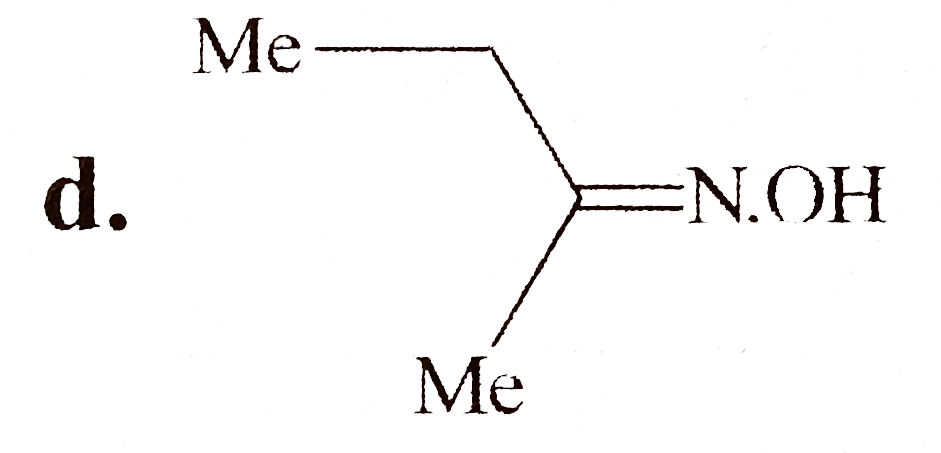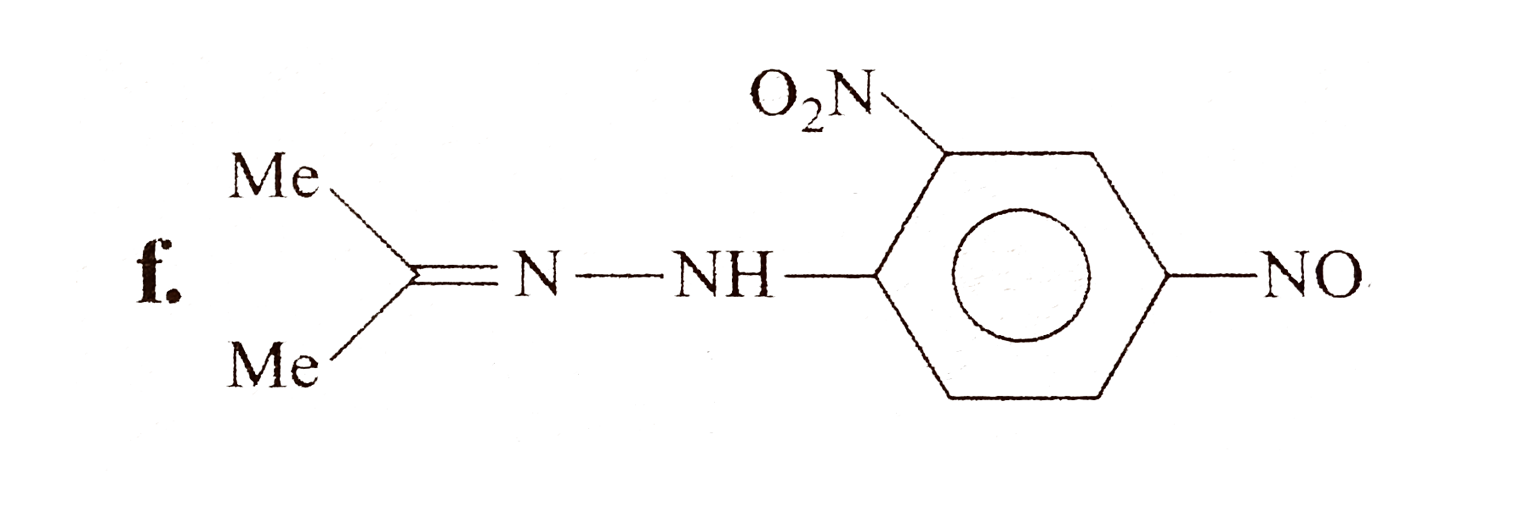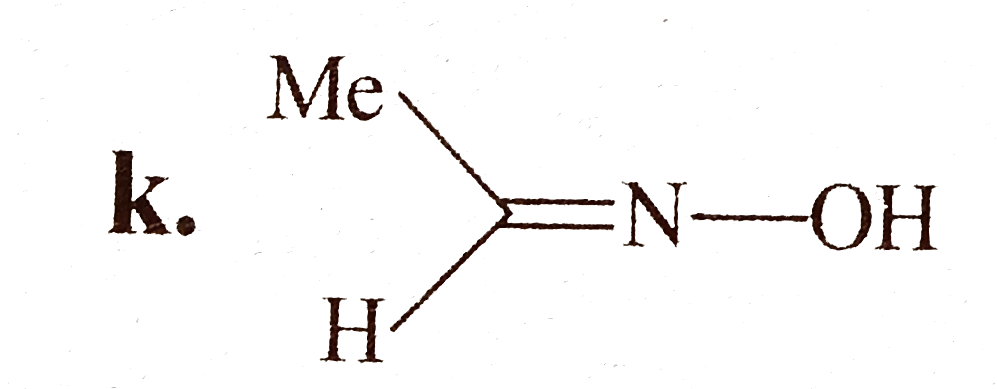Which of the following are the components of membranous labyrinth of human?
(a)3-semicircular canals (b)Tympanum (c)Macula (d)Utricule and saccule (e)Organ of Corti (f)Cochlea (g)Ear ossicles
(a), (c), (d), (e), (f)
(a), (b), (c), (d), (f), (g)
(b), (e), (f), (g)
(a), (b), (c), (g)
To determine the components of the membranous labyrinth of humans, we will analyze each option provided in the question:
1. 3 Semicircular Canals (a):
- The semicircular canals are indeed part of the inner ear and are involved in maintaining balance and spatial orientation. They are fluid-filled structures that help detect rotational movements of the head.
- Conclusion: This is a component of the membranous labyrinth.
2. Tympanum (b):
- The tympanum, or eardrum, is located in the outer ear and is responsible for transmitting sound vibrations to the middle ear. It is not part of the membranous labyrinth.
- Conclusion: This is NOT a component of the membranous labyrinth.
3. Macula (c):
- The macula is a sensory structure located in the utricle and saccule of the inner ear. It detects linear acceleration and the position of the head relative to gravity.
- Conclusion: This is a component of the membranous labyrinth.
4. Utricle and Saccule (d):
- The utricle and saccule are parts of the vestibular system and are involved in balance and spatial orientation. They contain hair cells that respond to changes in head position.
- Conclusion: This is a component of the membranous labyrinth.
5. Organ of Corti (e):
- The Organ of Corti is located within the cochlea and is responsible for converting sound vibrations into neural signals. It is part of the cochlear duct, which is a component of the membranous labyrinth.
- Conclusion: This is a component of the membranous labyrinth.
6. Cochlea (f):
- The cochlea is a spiral-shaped organ in the inner ear that contains the membranous labyrinth structures, including the Organ of Corti. It plays a crucial role in hearing.
- Conclusion: This is a component of the membranous labyrinth.
7. Ear Ossicles (g):
- The ear ossicles (malleus, incus, and stapes) are small bones located in the middle ear that transmit sound vibrations from the eardrum to the inner ear. They are not part of the membranous labyrinth.
- Conclusion: This is NOT a component of the membranous labyrinth.
Final Answer:
The components of the membranous labyrinth of humans are:
- 3 Semicircular Canals (a)
- Macula (c)
- Utricle and Saccule (d)
- Organ of Corti (e)
- Cochlea (f)
- The semicircular canals are indeed part of the inner ear and are involved in maintaining balance and spatial orientation. They are fluid-filled structures that help detect rotational movements of the head.
- Conclusion: This is a component of the membranous labyrinth.
- The tympanum, or eardrum, is located in the outer ear and is responsible for transmitting sound vibrations to the middle ear. It is not part of the membranous labyrinth.
- Conclusion: This is NOT a component of the membranous labyrinth.
- The macula is a sensory structure located in the utricle and saccule of the inner ear. It detects linear acceleration and the position of the head relative to gravity.
- Conclusion: This is a component of the membranous labyrinth.
- The utricle and saccule are parts of the vestibular system and are involved in balance and spatial orientation. They contain hair cells that respond to changes in head position.
- Conclusion: This is a component of the membranous labyrinth.
- The Organ of Corti is located within the cochlea and is responsible for converting sound vibrations into neural signals. It is part of the cochlear duct, which is a component of the membranous labyrinth.
- Conclusion: This is a component of the membranous labyrinth.
- The cochlea is a spiral-shaped organ in the inner ear that contains the membranous labyrinth structures, including the Organ of Corti. It plays a crucial role in hearing.
- Conclusion: This is a component of the membranous labyrinth.
- The ear ossicles (malleus, incus, and stapes) are small bones located in the middle ear that transmit sound vibrations from the eardrum to the inner ear. They are not part of the membranous labyrinth.
- Conclusion: This is NOT a component of the membranous labyrinth.
The components of the membranous labyrinth of humans are:
- 3 Semicircular Canals (a)
- Macula (c)
- Utricle and Saccule (d)
- Organ of Corti (e)
- Cochlea (f)
Topper's Solved these Questions
Similar Questions
Knowledge Check
See the following diagram and identify A,B,C,D,E,F and G
 AA-Afferent arteriole, B-Henle' s loop, C-Collecting duct, D-PCT, E-DCT, F-Pertibular capillaries, G- vasa rectaBA-afferent arteriole, B-Peritubular capillaries, C-Helne's loop, D-DCT, E-PCT, F-Collecting duct, G-vasa rectaCA-Afferent arteriole, B- PCT, C-Henle's loop, D-DCT, E-Peritublar capillaries, F-Collecting duct, G-vasa rectaDA-Afferent arteriole, B-Proximal convoluted tubule, C-Henle's loop, D-Distal convoluted tubule, E-Peritbular capillaries, F-Collecting duct, G-vasa recta
AA-Afferent arteriole, B-Henle' s loop, C-Collecting duct, D-PCT, E-DCT, F-Pertibular capillaries, G- vasa rectaBA-afferent arteriole, B-Peritubular capillaries, C-Helne's loop, D-DCT, E-PCT, F-Collecting duct, G-vasa rectaCA-Afferent arteriole, B- PCT, C-Henle's loop, D-DCT, E-Peritublar capillaries, F-Collecting duct, G-vasa rectaDA-Afferent arteriole, B-Proximal convoluted tubule, C-Henle's loop, D-Distal convoluted tubule, E-Peritbular capillaries, F-Collecting duct, G-vasa rectaAnatomically, the ear can be divided into three major sections called the outer ear, the middle ear and the inner ear. How many statements are correct for inner ear?
i. The organ of Corti is a structure located on the basilar membrane which contains hair cells that act as auditory receptors.
ii. A large number of processes called stereo cilia are projected from the apical part of each hair cells
iii. Above the rows of the hair cells is a thin elastic membrane called tectorial membrane
iv. The vestibular apparatus is composed of three semi-circular canals and the otolith organ consisting of the saccule and utricle.
v. Semi-circular canals contain a projecting ridge called macula
vi. The saccule and utricle contain a projecting ridge called cristae
vii. The cristae and macula responsible for maintenance of balance of the body and posture.AThreeBFourCFiveDAll of these
Vestibular apparatus of the internal ear includes - (a) crista ampullaris and macula , (b) Semicircular canals , (c) otolith organ , (d) Saccule and utricle
View SolutionIn the following diagram of section of a human heart, label a, b, c, d, e and f.

View SolutionIn which of the following schools is the total number of students equal to the number of girls in School E ? A (b) B (c) C (d) D (e) F
View SolutionComplete the following reactions:
a.
b.
c.
d.
e.
f.
g.
View SolutionComplete the following reactions:
a.
b.
c.
d.
e.
f.
g.
View SolutionDistinguish between the following:
a.
b.
c.
d.
e.
f.
g.
View Solution











